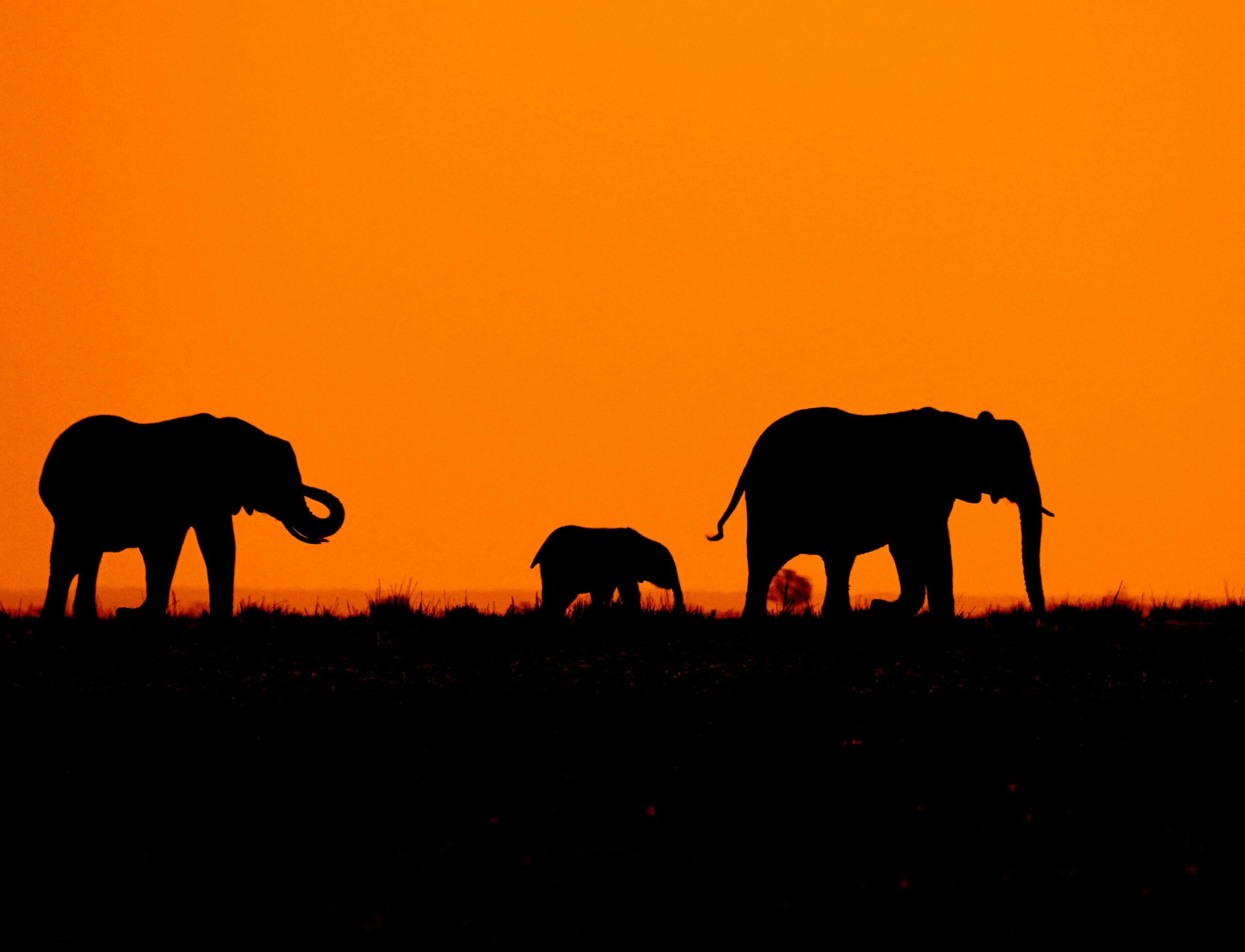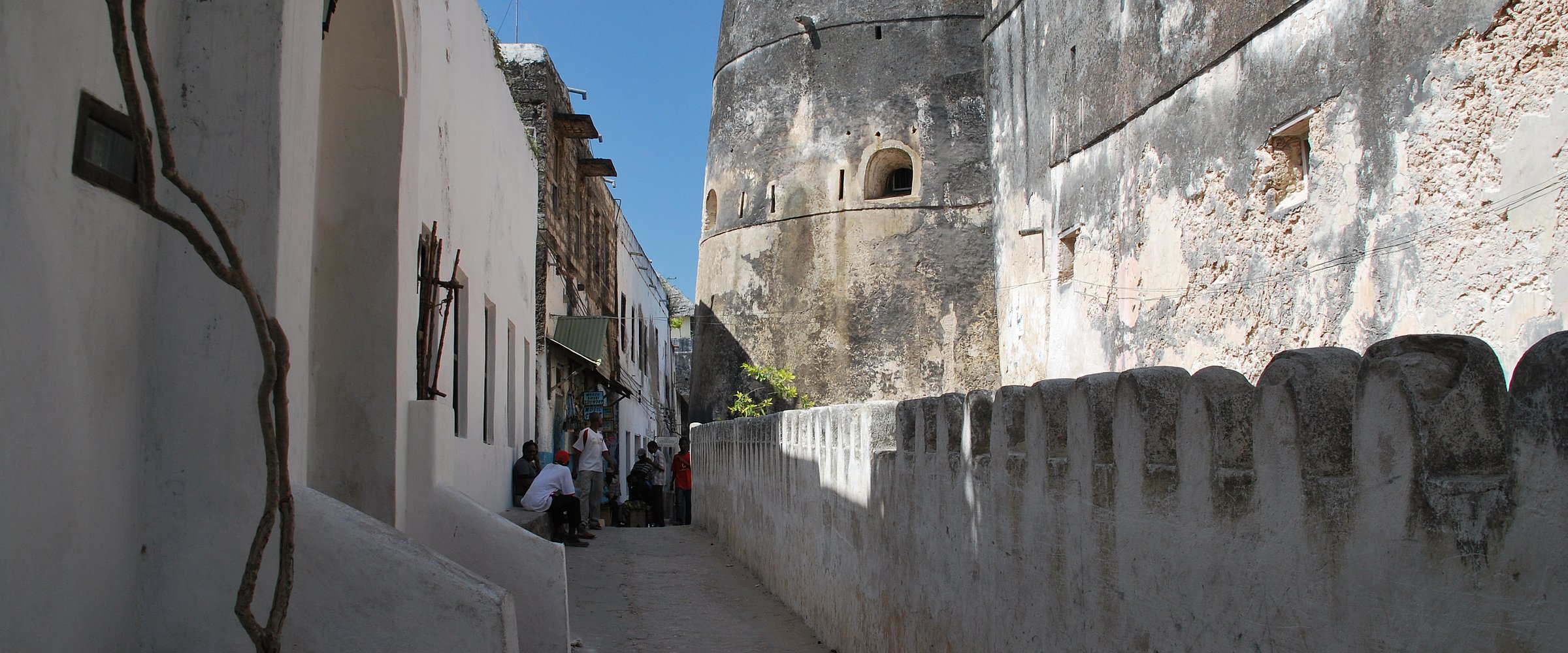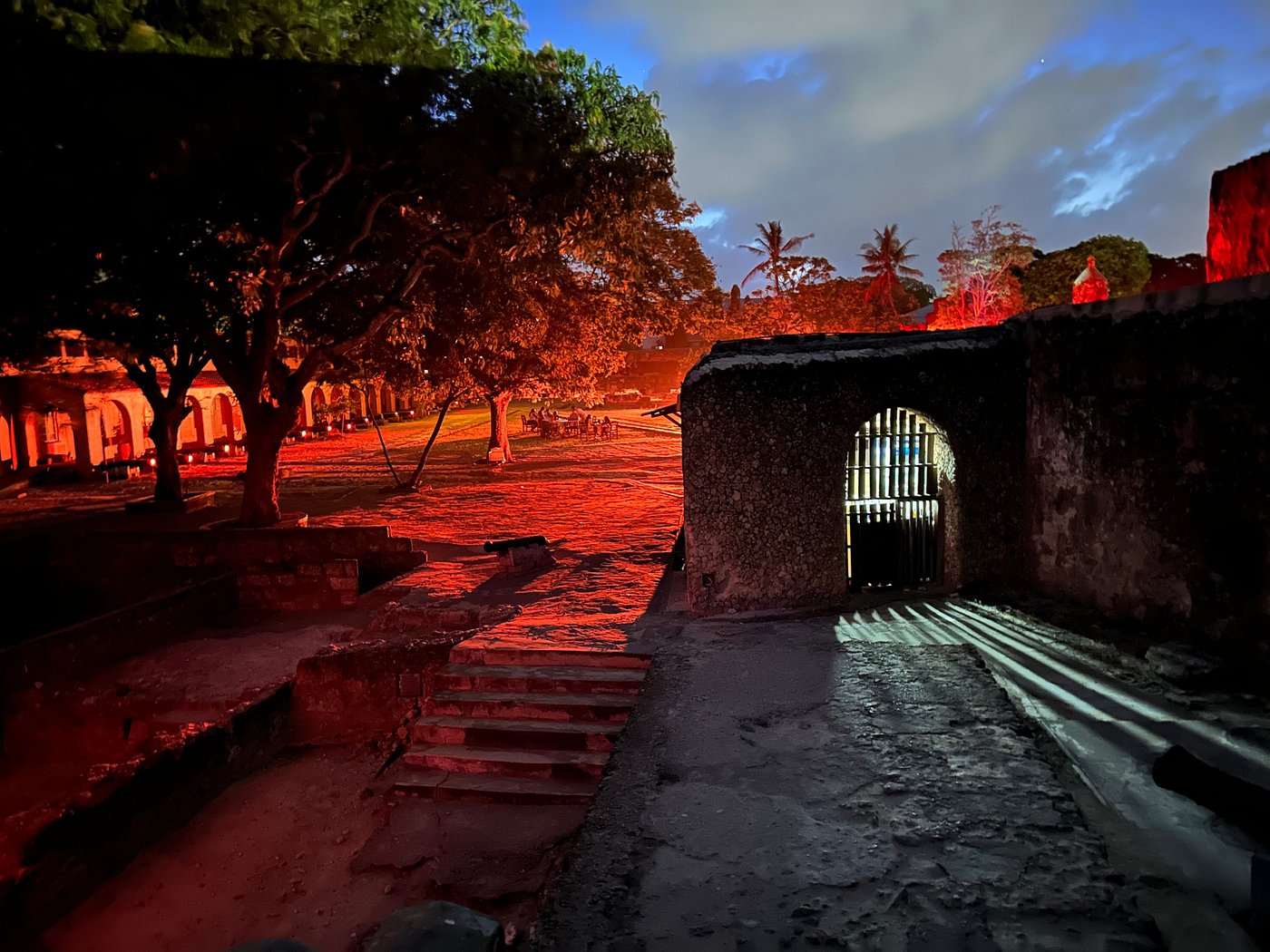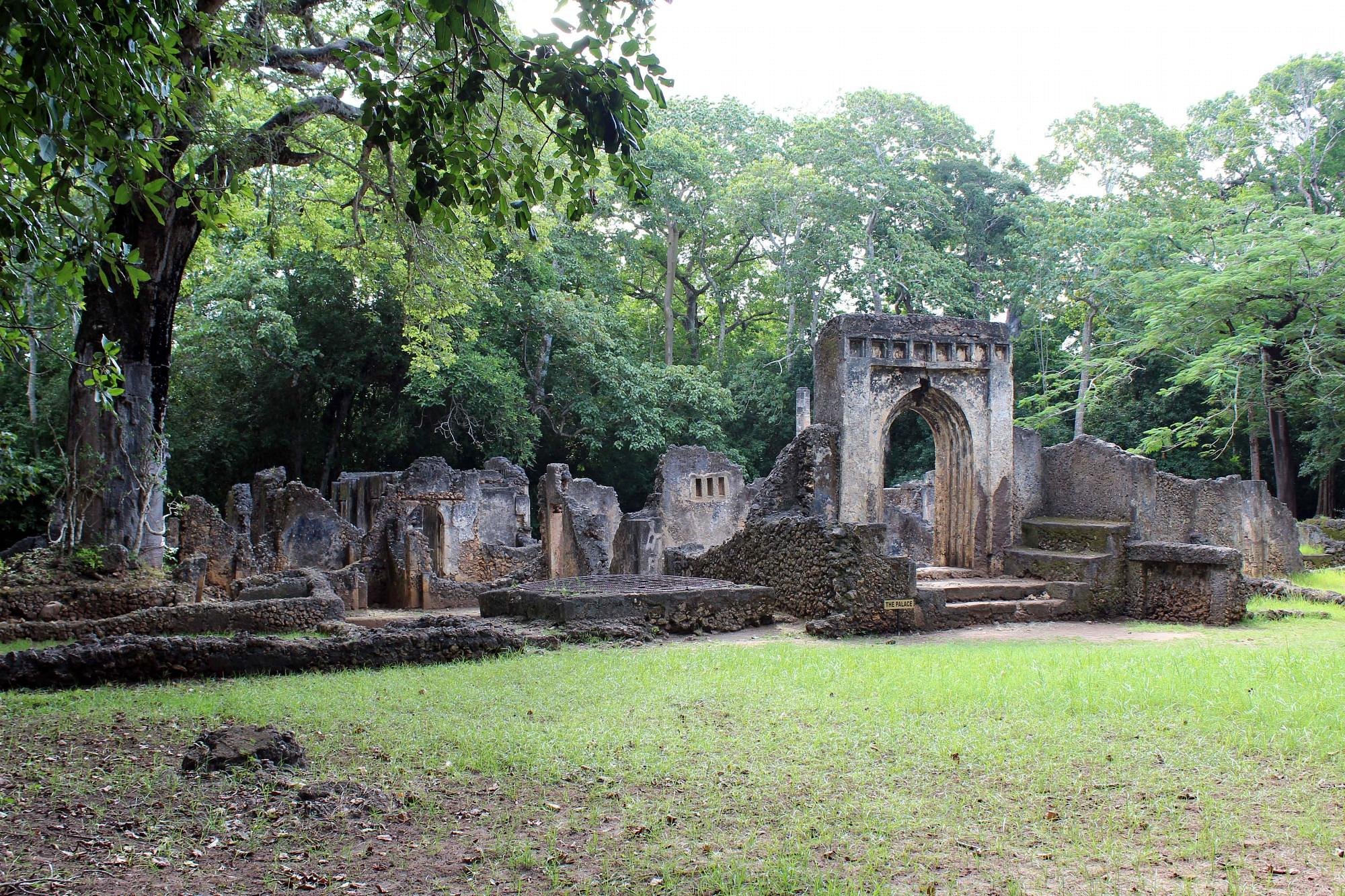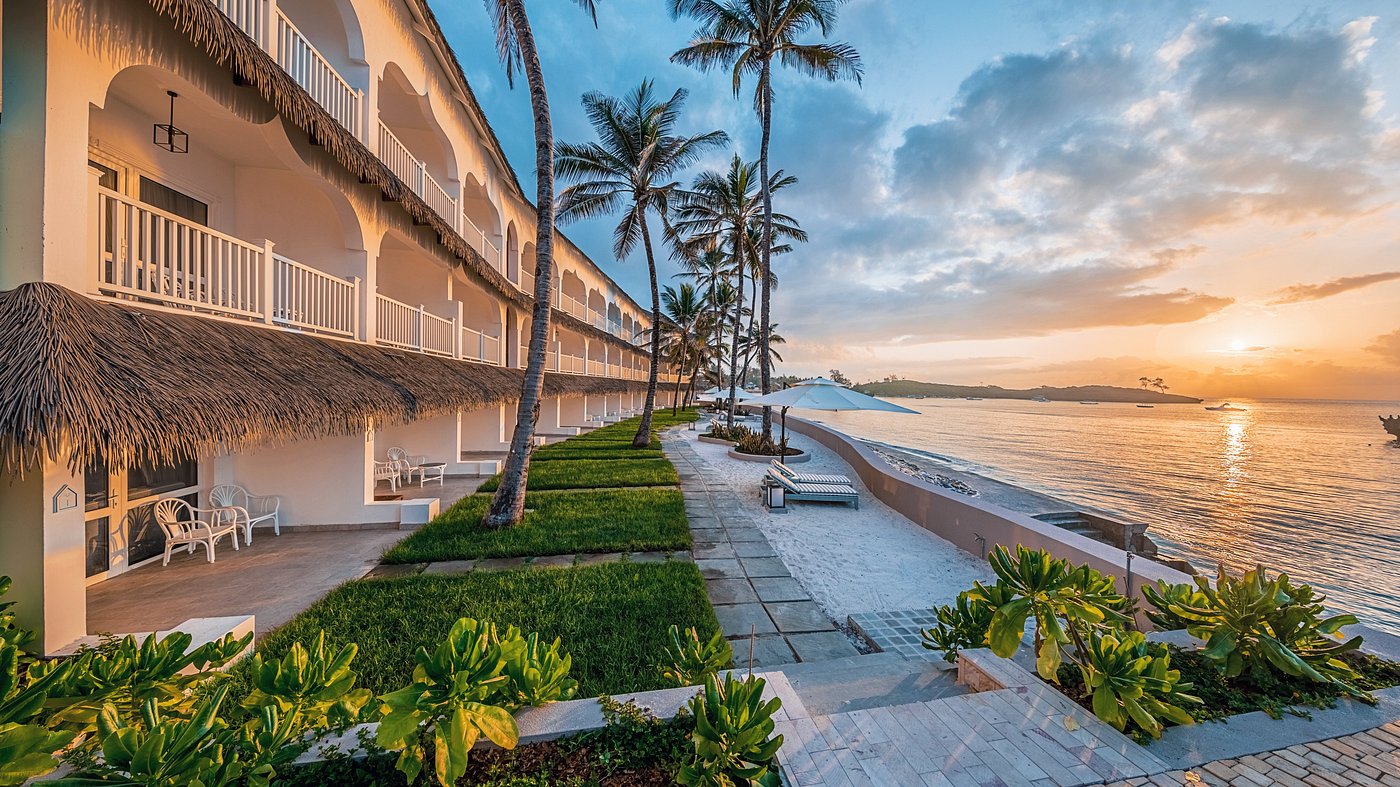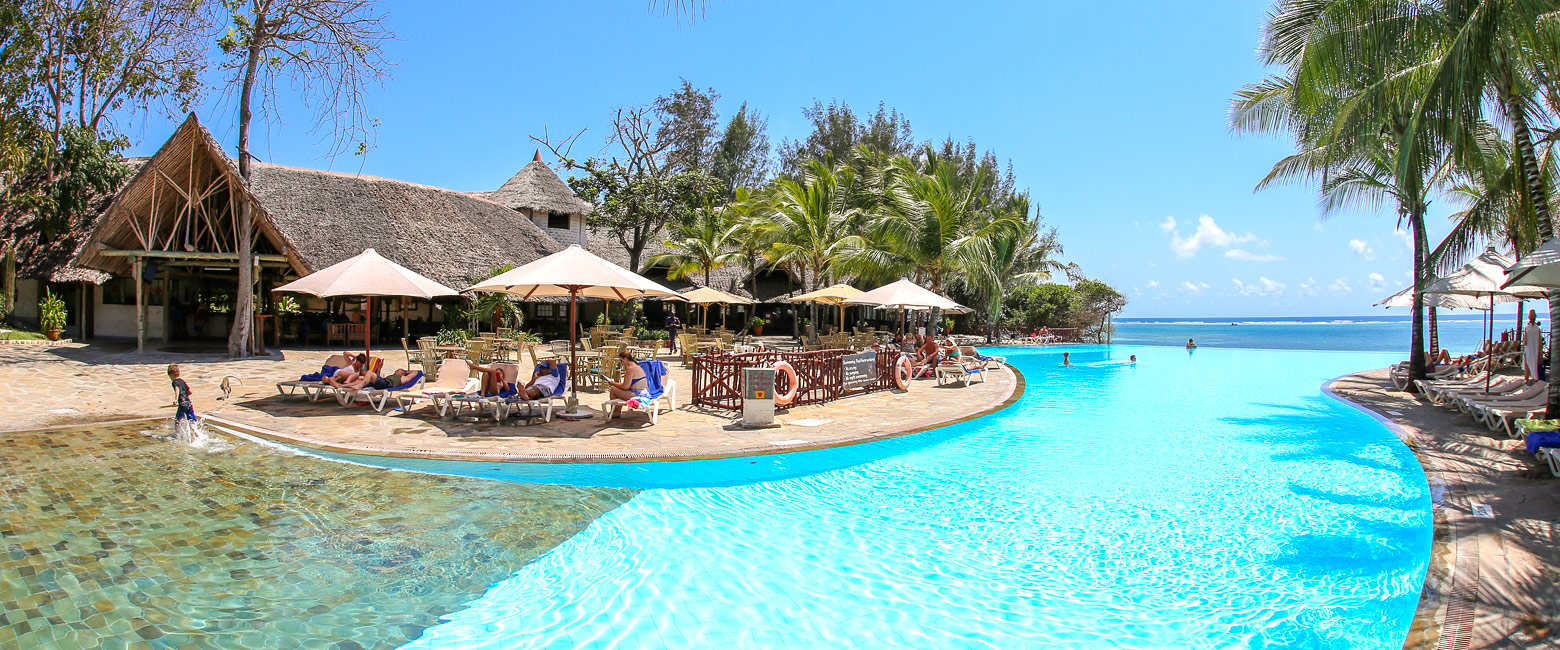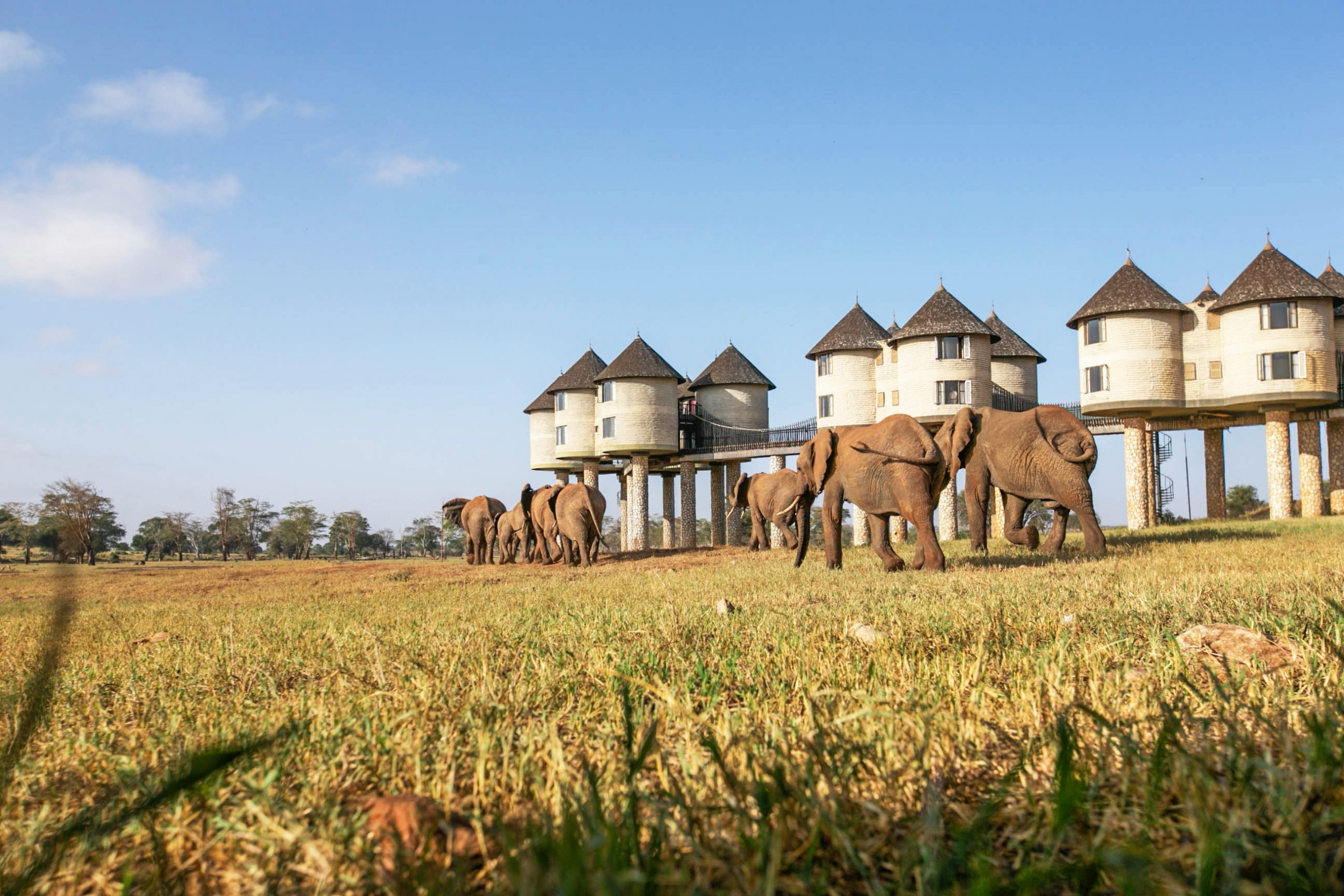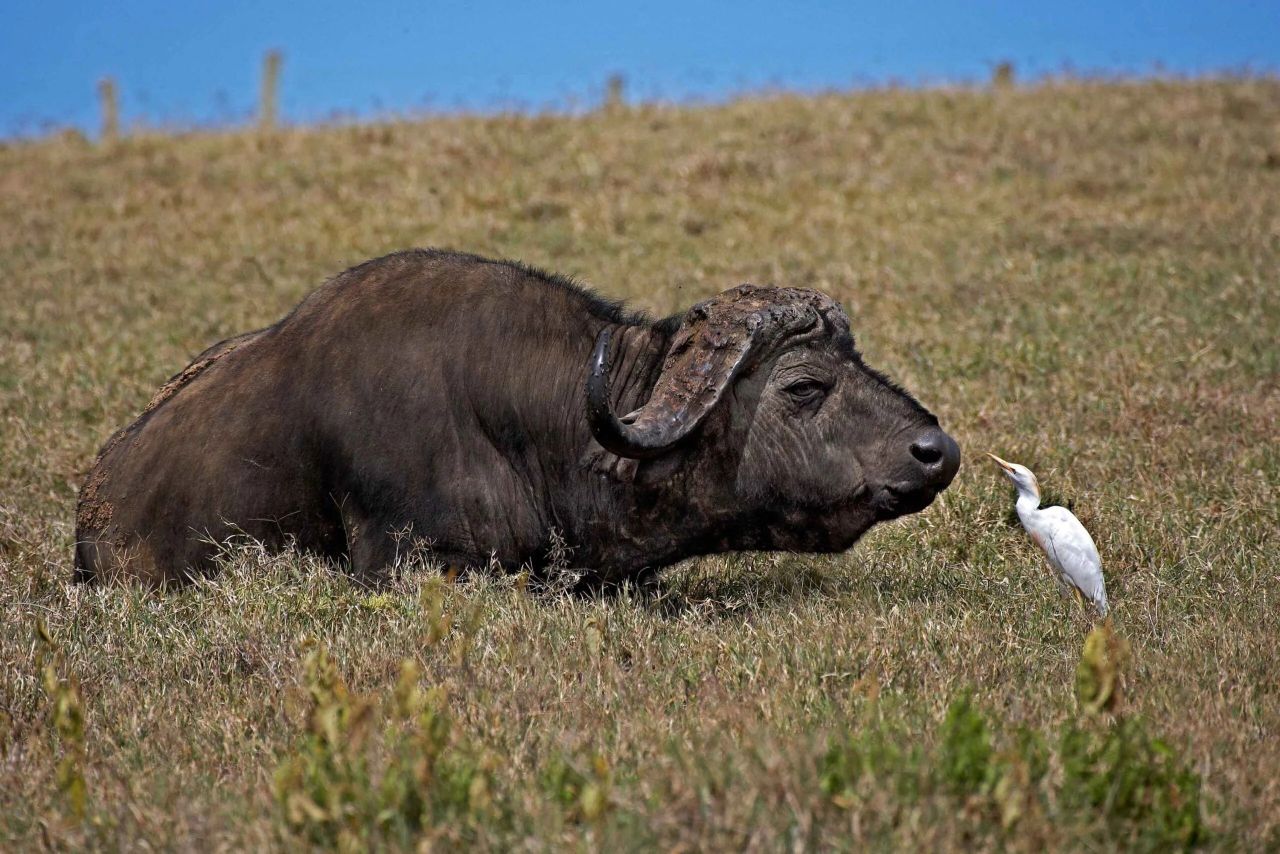August 3, 2025
Maasai Mara National Reserve
The Maasai Mara is Kenya’s most iconic wildlife reserve. The Mara - as it is colloquially known - was established as a wildlife sanctuary in 1961 and spans over 1,500 square kilometers encompassing open grasslands, winding rivers, and signature acacia trees scattered across the plains. It is named after the Maasai people who have lived here for ages.
August 1, 2025
Wasini Island – Kisite Mpunguti Marine Park & Reserve
Wasini & Kisite Mpunguti Marine Park destination sits along Kenya’s southern coastline, right between Shimoni and the Pemba Channel. The destination seamlessly integrates two protected zones: the 39-square-kilometer Kisite/Mpunguti Marine Park, renowned for its vibrant coral reefs, seagrass beds, and dramatic drop-off walls, and Wasini Island, a 6-square-kilometer area characterized by coral-limestone formations, tidal flats, and active mangrove creeks, with a local village providing authentic cultural engagement.
July 31, 2025
Lamu Old Town
Lamu Old Town stands as a testament to enduring Swahili heritage on Kenya’s northern coastline. Recognized by UNESCO as a World Heritage Site since 2001, this historic enclave covers a compact 0.5 square kilometers, yet boasts over 350 coral-stone and timber structures dating from the 14th to 19th centuries. Its strategic location at sea level along the Indian Ocean established Lamu as a crucial hub in centuries-old trade networks connecting East Africa with Arabia, Persia, and India.
July 31, 2025
Mombasa
Mombasa stands as Kenya’s second-largest city, strategically positioned on Mombasa Island. The Old Town, with its network of narrow, winding streets, is lined with historic mangrove-timber homes and intricately carved doors, clear indicators of its rich multicultural heritage. Centuries of Swahili, Arab, Portuguese, and British influence are evident throughout the area, underscoring Mombasa’s global connections and business significance. In fact, the city’s harbor has served as a critical trading point for over a millennium, sheltered by Shanzu in the north and Tudor Creek to the south.
July 31, 2025
Malindi
Malindi, located on Kenya’s northern coast in Kilifi County, sits roughly 120 kilometers northeast of Mombasa. The town enjoys a broad bay with eight kilometers of golden sand beach, offering shallow waters ranging from just a meter at high tide to about five meters near the outer reef at low tide. Just offshore, the Malindi Marine National Park and Reserve spans 70 square kilometers, providing protected reefs, extensive seagrass meadows, and significant mangrove channels.
July 31, 2025
Watamu
Watamu sits along Kenya’s central coastline in Kilifi County, just over 100 kilometers north of Mombasa—a strategic location for both tourism and marine activity. The area is bordered by the Goshi Creek with its established mangrove systems, and boasts approximately 10 kilometers of pristine white-sand beaches, all backed by lush coastal forest. Notably, it serves as a key nesting ground for the olive ridley turtle, drawing conservation interest and eco-conscious travelers alike.
July 29, 2025
Diani Beach
Diani Beach extends roughly 17 kilometers along Kenya’s southern coastline, just south of Ukunda in Kwale County. The area is distinguished by its expansive, white coral sands and lush coastal forest. Here you will certainly see kitesurfers and water sports enthusiasts capitalizing on the reliable coastal winds and clear waters, while the nearby reef serves as a draw for divers interested in vibrant coral ecosystems and diverse marine life, including parrotfish and hawksbill turtles.
July 24, 2025
Taita Hills Wildlife Sanctuary
Taita Hills Wildlife Sanctuary encompasses roughly 260 square kilometers of privately managed conservation land in Taita-Taveta County, adjacent to Tsavo West National Park. The sanctuary’s topography is diverse, and home to an impressive array of more than 30 large-mammal species, including elephant, lion, leopard, buffalo, reticulated giraffe, and Grevy’s zebra. Birdlife is equally remarkable, with over 350 recorded species. Notably, the Taita thrush and Taita apalis—both endemic to this area—are key highlights for ornithologists and eco-tourism stakeholders alike. The sanctuary’s strategic location and ecological diversity position it as a valuable asset for conservation and tourism.
July 24, 2025
Lake Nakuru National Park
Lake Nakuru National Park, established in 1961, covers 188 square kilometers and occupies a significant ecological niche within Kenya’s Rift Valley, bordering the urban environment of Nakuru city. The park is renowned for its seasonal gatherings of up to two million flamingos, attracted by cyanobacteria found in Lake Nakuru. The landscape includes acacia woodlands and open grasslands, supporting diverse wildlife such as black and white rhinoceros, Rothschild’s giraffe, buffalo, leopard, and more than 450 bird species.
July 23, 2025
Hell’s Gate National Park
Situated approximately 90 kilometers northwest of Nairobi and adjacent to Lake Naivasha, Hell's Gate National Park spans roughly 68 square kilometers in Kenya’s Rift Valley—the park’s location ensures both accessibility and logistical convenience. The terrain varies, ranging from 1,560 to 2,187 meters above sea level, and providing topography and geological rock formations that are both visually appealing and ecologically unique. The park’s volcanic landscape, marked by landmarks such as Hell’s Gate Gorge, Fischer’s Tower and Central Tower, offers excellent opportunities for tourism, photography and eco-tourism ventures.
July 23, 2025
Meru National Park
Meru National Park sits roughly 350 kilometers northeast of Nairobi and covers about 870 square kilometers. The park features a diverse landscape: vast savannah grasslands, dense forests, and swampy stretches along the Tana, Rojewero, and Ura Rivers. It’s a notable destination for wildlife enthusiasts, boasting all members of the Big Five—lion, leopard, elephant, buffalo, plus both black and white rhino. More than 400 bird species have been identified here, and you’ll also find some rarities: lesser kudu, Peter’s gazelle, and a handful of other specialized species.
July 23, 2025
Aberdare National Park
Aberdare National Park spans 767 square kilometers in central Kenya, rising from 1,800 to 4,001 meters above sea level. Key features include its two prominent peaks—Ol Doinyo Lesatima and Kinangop—which serve as natural landmarks within the region.
The park receives substantial annual rainfall which supports dense rainforest ecosystems, more than 20 waterfalls (notably Karuru Falls at 273 meters), as well as extensive moorland. Aberdare stands out for its unique biodiversity, providing crucial habitat for endangered species such as the eastern black rhino, forest elephant, and the rare bongo antelope.
